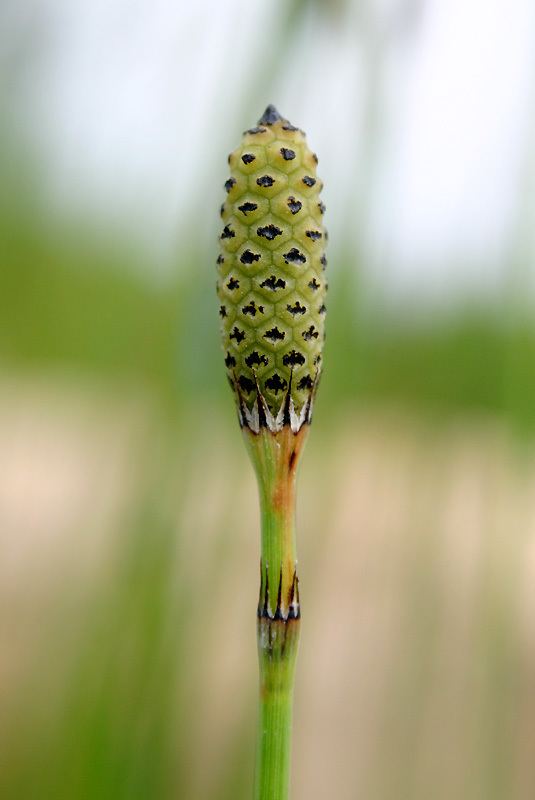Kingdom Plantae Class Equisetopsida Family Equisetaceae Rank Species | Division Pteridophyta Order Equisetales Genus Equisetum | |
 | ||
Similar Equisetum diffusum, Equisetales, Branched horsetail, Equisetaceae, Marsilea crenata | ||
Equisetum debile deep inside our life live from eksistensi tanpa batas
Equisetum debile, a plant species in the family Equisetaceae is locally known as सिमे झार Sime jhar (Standard Nepali language) and योफूली Yophuli (Chepang language) in Nepal.
Contents
- Equisetum debile deep inside our life live from eksistensi tanpa batas
- Equisetum debile cafe brazil
- Description
- Phenology and reproduction
- Ecology and distribution
- Economic value
- References
Equisetum debile cafe brazil
Description
Equisetum debile is a spore-bearing herb with erect, cylindrical, hollow and stem. Branches are long, slender, two or three in whorl, ribbed, nodes encircled by a tight sheath of connate scale like leaves. It has oblong strobilus at the end of branches.
Phenology and reproduction
Equisetum debile vegetatively propagates by the splitting of rhizome. Spore formation occurs in June to July. After dispersal, spores germinate within a few days at humid condition. Gametophytes reproduce protogynous reproduction i.e., formation of female gamete before male one.
Ecology and distribution
Equisetum debile is distributed in South East Asia, Southern China, India, Nepal, and Sri Lanka. In Nepal, it is found in moist places of the country at 2600 m.
Economic value
Equisetum debile is medicinally important in Nepal. It is applied to treat burns, scabies, malarial fever, gonorrhea, dislocated bones, and liver and chest complaints.
